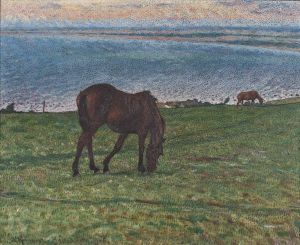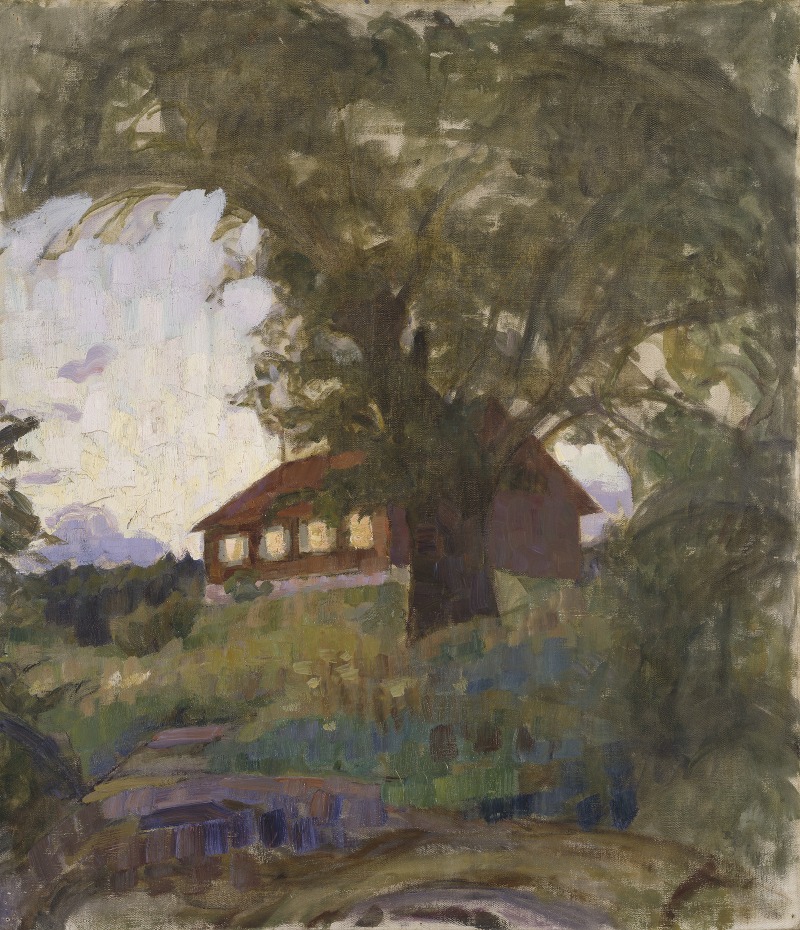
The Verger’s House at Tyresö
A hand-painted replica of Richard Bergh’s masterpiece The Verger’s House at Tyresö, meticulously crafted by professional artists to capture the true essence of the original. Each piece is created with museum-quality canvas and rare mineral pigments, carefully painted by experienced artists with delicate brushstrokes and rich, layered colors to perfectly recreate the texture of the original artwork. Unlike machine-printed reproductions, this hand-painted version brings the painting to life, infused with the artist’s emotions and skill in every stroke. Whether for personal collection or home decoration, it instantly elevates the artistic atmosphere of any space.
"The Verger’s House at Tyresö" is a painting by the Swedish artist Richard Bergh, completed in 1893. Richard Bergh (1858–1919) was a prominent figure in Swedish art during the late 19th and early 20th centuries, known for his contributions to the National Romantic style and his role in the development of Swedish landscape and portrait painting.
This artwork depicts a serene and picturesque view of the verger’s house located in Tyresö, a locality in Sweden known for its natural beauty and historical significance. The painting captures the essence of the Swedish countryside, with its lush greenery and tranquil atmosphere. Bergh’s use of light and color reflects his mastery of creating mood and atmosphere, characteristics often associated with his work.
The verger’s house itself is portrayed as a modest, traditional Swedish building, blending harmoniously with its surroundings. The composition emphasizes the relationship between human habitation and nature, a theme that resonates with the National Romantic ideals prevalent during Bergh’s time. The painting is considered an example of Bergh’s ability to combine realism with a sense of poetic idealism.
"The Verger’s House at Tyresö" is part of the collection at the Nationalmuseum in Stockholm, Sweden. The Nationalmuseum houses a significant number of works by Richard Bergh, showcasing his contributions to Swedish art history. This painting is often appreciated for its depiction of rural life and its reflection of the cultural and artistic movements of the late 19th century in Sweden.
Bergh’s work, including this painting, played a role in shaping the identity of Swedish art during a period of national awakening. His focus on landscapes and everyday scenes helped to establish a connection between art and the Swedish cultural heritage. While "The Verger’s House at Tyresö" is not as widely known as some of his other works, it remains an important piece within his oeuvre and a testament to his skill as a painter.
No further detailed information about the specific context or inspiration behind this painting is readily available.





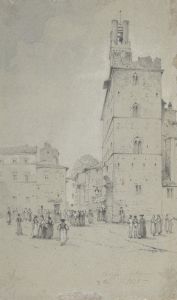

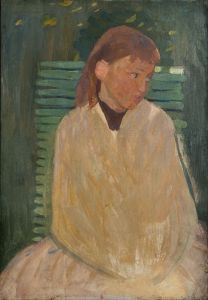


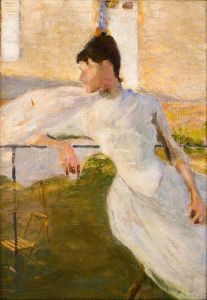
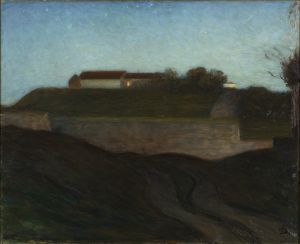

![Designs for the Puck Theater , New York, NY.] [Exterior perspective study..](/imgs/249325/s/winold-reiss-designs-for-the-puck-theater-new-york-ny-exterior-perspective-study-aba2fbab.jpg)



